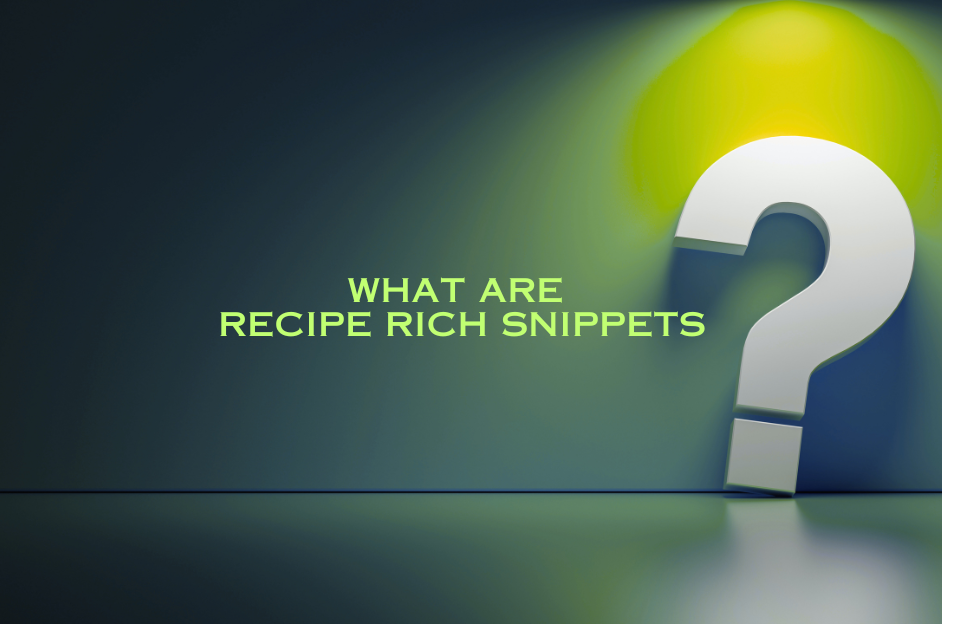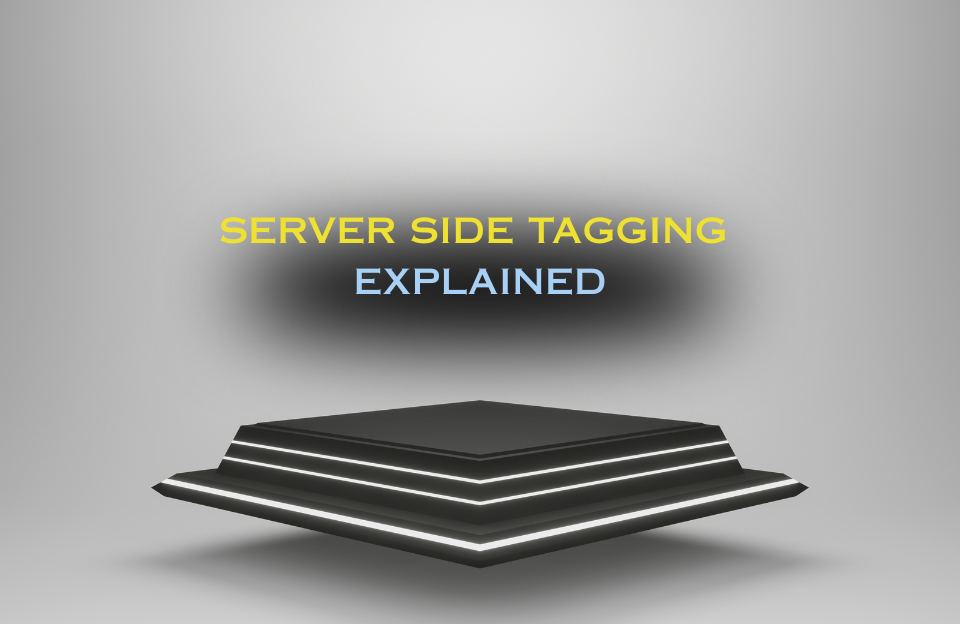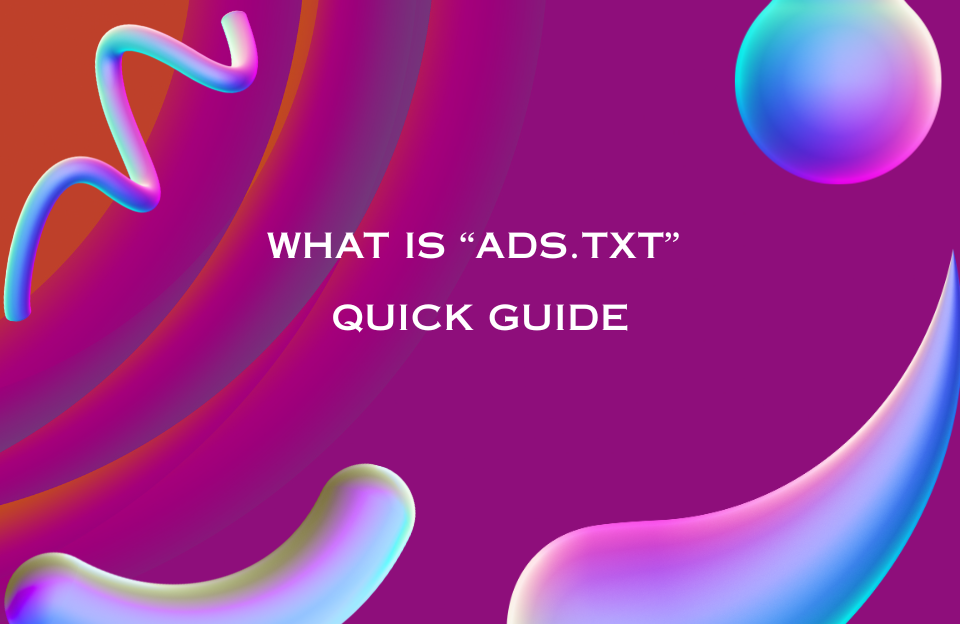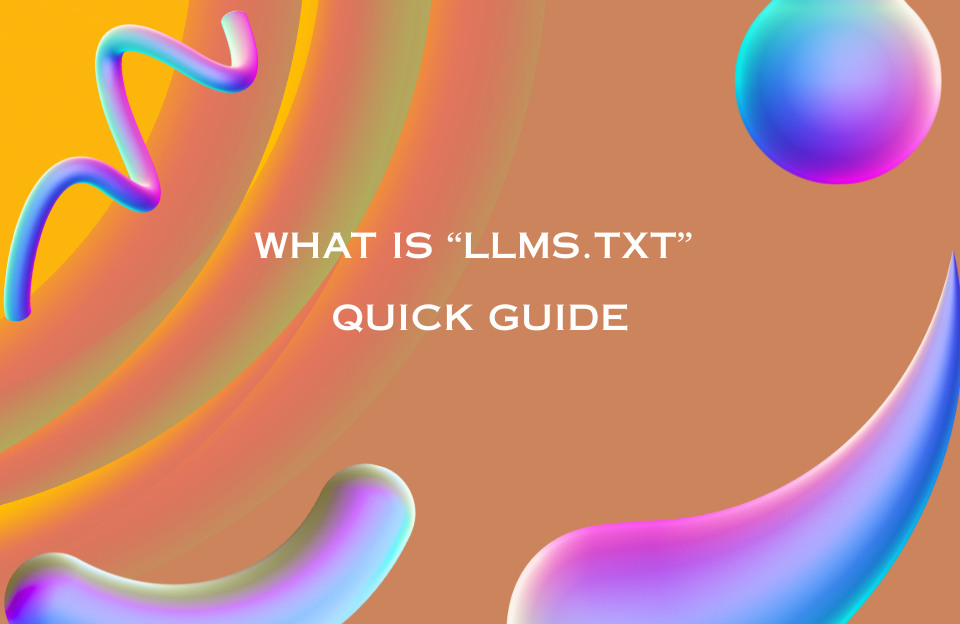What Are Recipe Rich Snippets?
Recipe Rich Snippets are a type of structured data enhancement that allow your recipes to appear in Google search results with extra details like cooking time, ingredients, star ratings, and images. These enhanced listings, powered by schema.org’s Recipe markup, can significantly increase your recipe’s visibility, user engagement, and organic click-through rate (CTR).
Instead of showing a basic blue link, Google may display your recipe with an image, review score, preparation time, and even calorie information—making it far more appealing to users browsing search results for meal inspiration.
Why Are Recipe Rich Snippets Important for SEO?
In the competitive world of food blogging and online recipes, structured data is a game changer. Here’s why:
- Enhanced Visibility: Your recipe stands out in search results thanks to rich visuals and detailed metadata.
- Higher Click-Through Rates: Studies show that rich snippets can improve CTR by up to 40% compared to standard links.
- Qualified Traffic: Users see key information (e.g. cooking time or dietary notes) before clicking, meaning they’re more likely to engage with your content.
- Improved Voice Search Performance: Recipe schema helps Google Assistant and other voice tools better understand and read out your recipe steps.
What Information Can Be Shown in Recipe Snippets?
Google may show a wide range of data pulled from your recipe markup, including:
| Property | Purpose |
|---|---|
name |
Title of the recipe |
image |
Thumbnail of the dish |
author |
Creator of the recipe |
prepTime, cookTime, totalTime |
Displays how long it takes to prepare and cook the meal |
recipeYield |
Number of servings |
recipeIngredient |
List of ingredients |
recipeInstructions |
Step-by-step guide (also used for Google Assistant) |
aggregateRating |
Average rating and number of reviews |
nutrition |
Calories and macronutrients |
Sample JSON-LD Markup for a Recipe
Here is an example of structured data you can add to your recipe page:
{
"@context": "https://schema.org/",
"@type": "Recipe",
"name": "Classic Lasagna",
"image": [
"https://example.com/images/lasagna.jpg"
],
"author": {
"@type": "Person",
"name": "Maxine Foodie"
},
"description": "A rich and hearty lasagna layered with cheese and savory meat sauce.",
"prepTime": "PT30M",
"cookTime": "PT1H",
"totalTime": "PT1H30M",
"recipeYield": "6 servings",
"recipeIngredient": [
"500g ground beef",
"2 cups marinara sauce",
"1 box lasagna noodles",
"250g ricotta cheese",
"1 cup shredded mozzarella"
],
"recipeInstructions": [
{
"@type": "HowToStep",
"text": "Preheat oven to 180°C (350°F)."
},
{
"@type": "HowToStep",
"text": "Layer cooked noodles, meat sauce, and cheese in a baking dish."
},
{
"@type": "HowToStep",
"text": "Bake for 60 minutes. Let cool for 10 minutes before serving."
}
],
"aggregateRating": {
"@type": "AggregateRating",
"ratingValue": "4.8",
"reviewCount": "250"
},
"nutrition": {
"@type": "NutritionInformation",
"calories": "520 calories per serving"
}
}
Voice Search & Mobile SEO Benefits
Recipe markup is also essential for voice search optimization. When users ask their Google Home or smartphone, “How do I make lasagna?”, Google is more likely to pull from properly structured recipes with clean, well-labeled HowToStep elements. This is especially effective when your site is mobile-friendly and fast-loading.
Best Practices for Recipe Rich Snippets
- Use high-quality, original images that accurately represent the final dish.
- Include structured recipe instructions with step separation for voice-guided cooking.
- Don’t mark up reviews unless they’re visible on the page.
- Ensure your nutritional data is accurate and matches what’s shown on the page.
- Use ISO 8601 format for time properties (e.g.
PT30Mfor 30 minutes).
Common Mistakes to Avoid
- Using missing or vague cooking times (e.g. “until done”)
- Leaving out the image property or using stock photos
- Copy-pasting markup from another recipe without editing values
- Filling markup with keywords instead of natural descriptions
Testing and Validation Tools
- Google Rich Results Test
- Schema.org Markup Validator
- PageSpeed Insights (important for mobile SEO)
Case Study: BBC Good Food
BBC Good Food uses Recipe Rich Snippets to dominate food-related search queries in the UK. Their recipe pages show images, cooking time, calorie information, and review ratings directly in the SERP. As a result, they gain higher visibility and a larger share of organic traffic compared to lesser-optimized competitors.
Conclusion
Recipe Rich Snippets are a must-have for any food-focused website or blog. They improve your visibility, increase your chances of ranking for voice search, and help you attract more qualified users to your site. Proper implementation via JSON-LD and adherence to Google’s guidelines ensures that your recipes don’t just look good—they perform well, too.
Want to dive deeper into how Recipe Snippets fit into the bigger picture? Read our article on What Are Rich Snippets? to explore all available types and how to implement them effectively across your site.




